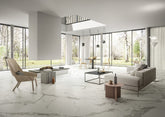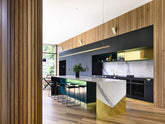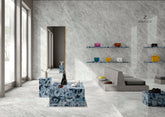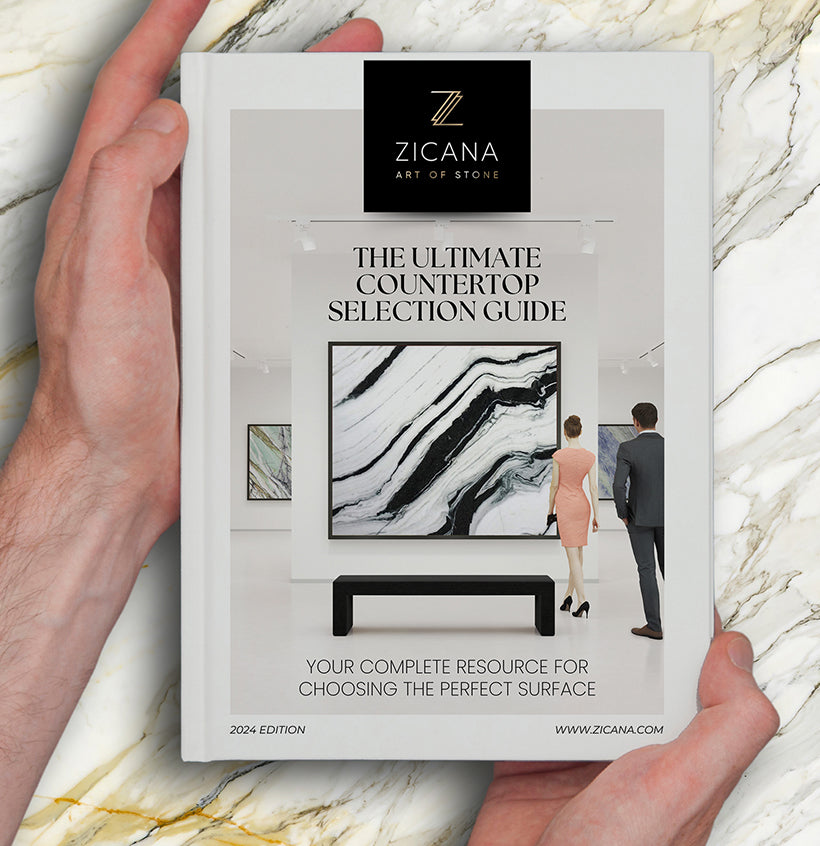Is Silestone Heat Resistant? A Guide for Luxury Stone Applications
Silestone has fast become a household name synonymous with luxury and performance in the world of engineered stone surfaces. Whether you're designing an upscale kitchen, a statement fireplace, or a spa-inspired bathroom, durability is key — and heat resistance plays a crucial role in material selection. One of the most frequent questions clients ask is: is Silestone heat resistant? In this guide, we’ll explore what heat resistance truly means, how Silestone performs under thermal stress, and whether it is the right choice for your high-end space.
Combining quartz with cutting-edge technology, Silestone Quartz Collection offers designers and homeowners an aesthetic punch with practical resilience. But when it comes to heat, how much can Silestone really handle? Let’s dive into the details.
Understanding Heat Resistance in Engineered Stone
Heat resistance refers to a material’s ability to withstand exposure to high temperatures without degradation or alteration of structure, color, or finish. For kitchen countertops especially, the ability to tolerate the occasional hot pan or baking sheet is a common requirement.
Quartz surfaces, including Silestone, are not pure quartz. They are composed of approximately 90% natural quartz crystals held together by resins and pigments. These polymer resins, while incredibly strong and stain-resistant, have a lower tolerance for high temperatures than natural stone. This means prolonged or direct heat contact can compromise the structural integrity or leave burn marks on the surface.
How Heat Resistant is Silestone?
Silestone is heat resistant to a certain degree — generally up to about 150°C (300°F). This makes it suitable for normal kitchen use where indirect heat is involved. For example, placing a warm bowl or accidentally setting a coffee mug from the microwave on the surface isn’t an issue.
However, it's important to note that Silestone is not heat-proof. Placing hot pots, pans, or baking trays directly from the oven or stovetop may cause discoloration, microcracks, or bubbling of the resin binder. These effects are primarily due to thermal shock — a sudden and uneven temperature change that stresses the surface.
For that reason, Silestone (and most engineered quartz surfaces) requires use of trivets or heat pads to protect the material when handling hot cookware.
Silestone vs. Other Stone Surfaces: A Heat Resistance Comparison
For those weighing material options for luxury applications, it's helpful to compare Silestone’s heat resistance with other popular stones:
- Granite: A natural igneous stone formed under high heat, granite has excellent heat resistance. Check out our Granite Slabs Collection for stunning, heat-tolerant options.
- Marble: While elegant and timeless, marble is more prone to heat-induced etching and discoloration. Explore our curated Marble Slabs Collection for heat-conscious installations.
- Quartzite: A natural metamorphic rock that's more durable and heat-resistant than quartz. Discover strong and luxurious designs in our Quartzite Slabs Collection.
- Porcelain and Sintered Stone: Engineered to withstand extreme temperatures, sintered surfaces such as those in our Sintered Stone Slabs Collection offer excellent heat resistance.
Ultimately, Silestone is a stellar option for most interior applications — but when you expect frequent high-heat contact, exploring materials such as granite, quartzite, or porcelain may be a safer bet.
Designing with Care: Best Practices for Heat Management
Opting for a luxurious stone surface is just the beginning. Preserving its beauty calls for proper usage:
- Always use a trivet or hot pad under pots, pans, and slow cookers.
- Prevent thermal shock by avoiding sudden transitions between high and low temperatures on the surface.
- Use cutting boards — not for heat, but as a complementary practice to avoid scratching and preserve texture.
- For fireplace surrounds or wall-cladding near high-temperature areas, consult with Zicana’s experts for tailored guidance or explore our Fireplace Collection.
And remember, if you do experience surface damage, Silestone is non-porous and low-maintenance, making it relatively easy to clean and enjoy for decades with proper care.
A Note on Aesthetics and Application
Silestone remains a popular choice in the realm of luxury interiors not just for its resilience, but for its design versatility. With a broad spectrum of styles — from matte minimalist whites to bold veined designs that imitate marble — Silestone uniquely straddles high performance and aesthetic appeal.
Whether you're specifying materials for a made-to-measure custom countertop or designing an open-concept kitchen, Silestone continues to impress architects, interior designers, and forward-thinking homeowners.
Don’t miss the chance to elevate your space with quartz elegance at incredible value. Browse our Exclusive Offers Collection and Use Promo Code WELCOME100 for $100 off any order over $1,000.
Frequently Asked Questions
Can I place hot pans directly on Silestone countertops?
No. While Silestone is heat resistant to moderate temperatures, placing hot cookware directly from the stove or oven can damage the surface. Always use trivets or hot pads to safeguard your investment.
Is Silestone more heat resistant than granite?
No. Granite is a natural stone that was formed by heat and pressure within the earth’s surface, making it inherently more heat-resistant than Silestone. However, Silestone surpasses granite in non-porosity and stain resistance.
What should I do if my Silestone surface is damaged by heat?
If you notice discoloration, warping, or cracks, consult a certified stone technician. Minor blemishes may be mitigated with the right restoration process. Zicana Boutique specialists are happy to provide recommendations tailored to your unique installation.
Is Silestone suitable for outdoor kitchens?
Silestone is best used in indoor environments. For outdoor kitchens exposed to direct sunlight and temperature fluctuations, optimal choices include sintered or porcelain slabs from our Porcelain Slabs Collection or Sintered Stone Slabs Collection, which perform well in harsh conditions.
For discerning homeowners and trade professionals seeking enduring surfaces with luxury aesthetics, Silestone continues to be a compelling contender. While not impervious to heat, it offers a balanced combination of style, durability, and low maintenance.
Curate your next space with confidence. Explore the Silestone Quartz Collection or take advantage of exclusive savings with our Exclusive Offers Collection and promo code WELCOME100—an extra $100 off orders over $1,000. Ready to get started? Contact our design consultants today to personalize your luxury stone experience.




















